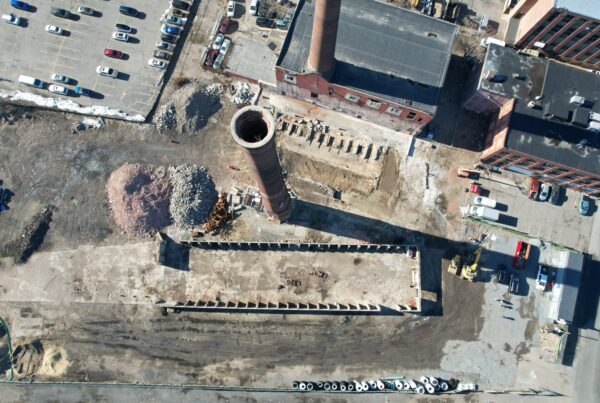Building Around The World
Innovation in thermal building projects is happening at a rapid pace on almost every continent. Here is a snap shot of some of the trends in building high quality, food safety-focused, temperature-controlled environments in the Americas, Europe, South East Asia, and Africa.
Hot in Canada
“It’s a hot climate these days in Canada, with lots of activity and growth in food processing and manufacturing,” notes Marko Dzeletovich, P. Eng, President of Coldbox Builders. “A healthy economy, changes in consumer preferences and ways of purchasing food, meal kit companies becoming more common – all of these factors have an impact on the decisions that are made in building cold storage and processing facilities.” Dzeletovich says at this moment, the number one trend in Canada in innovative thermal building projects is end users requesting turnkey solutions and a guaranteed completion date. “It’s a sign of the business climate, schedule is very important.” He adds that there is great demand from customers to find a single cold storage and processing facility specialist to pull it all together. “It helps to speed up the schedule. There are so many technological and system options to choose from, and so little time for planning right now, end users need someone with the expertise to provide solutions so they can get their facility into the market as fast as possible.” Another trend Dzeletovich points to is the increase in cross-border partnerships.
“I’m seeing an increase in American companies with local clients needing a Canadian design-build partner to facilitate U.S. client growth in Canada.” Automation is a big topic these days, according to Dzeletovich. “Semi or fully automated facilities are starting to go up and operators are exploring their options and running models to see how automation can benefit their business.” When weighing whether to go with an automated facility, one has to determine how many pallets are going through the PRW against other costs, Dzeletovich explains.
“Automation systems are highly flexible and 3PLs want flexibility. Automation gives you higher density, greater height, and a smaller footprint but if you build conventionally and sprawl out, you can’t take advantage of that space at a later time. Also, automated facilities can operate at night, in the dark, staging product. A warehouseman sitting idle costs money.” Dzeletovich points out that while the cost of labor and shortage of workers in non-automated controlled-environment buildings continues to be an issue, there’s no shortage of workers interested in technology and programming. “There are plenty of folks who would like to work in a fully automated space. Augmenting and maintaining automated systems is really interesting.” But one of the main drivers in weighing the benefits of automation in Canada, says Dzeletovich, is whether there’s developed land available. “It’s difficult to get developers to agree to purpose-built facilities like automated temperature-controlled buildings,” Dzeletovich says. “Developers are looking out 20 plus years and consider how this specialized building can be repurposed. Just as 3PLs want flexibility to accommodate future clients, land developers want a building that is as flexible as possible for their future tenant.” Dzeletovich acknowledges it impacts the move to automation to some degree.




